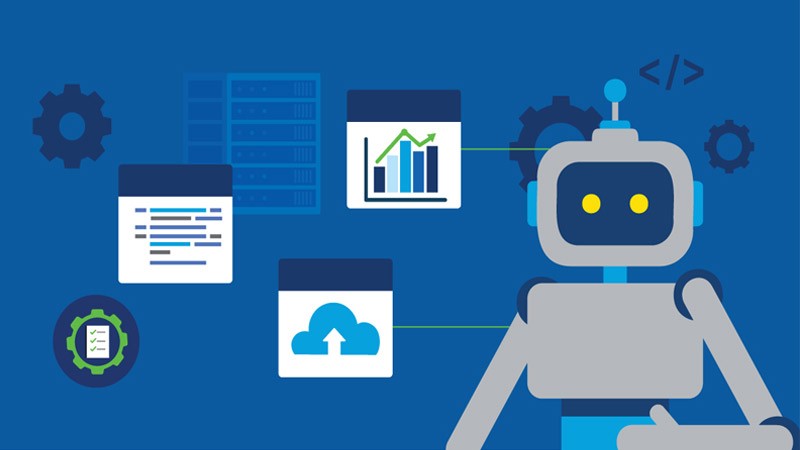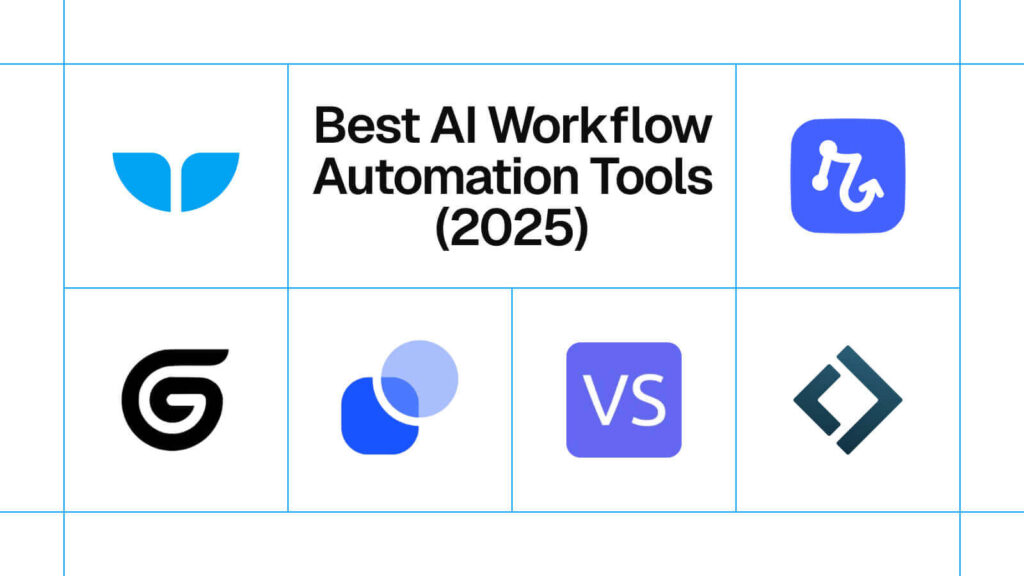In 2025, businesses face intense pressure to stay lean, agile, and competitive. Rising labor costs, market volatility, and economic uncertainty demand smarter strategies—and that’s where artificial intelligence (AI) comes in. By embracing AI-powered business operations, companies can reduce costs, boost productivity, and gain a competitive edge without compromising quality.
This guide will walk you through 10 proven strategies to reduce operational costs using AI, plus tools, case studies, and tips to help you implement them.
Introduction to AI in Business Operations
AI in business operations involves integrating intelligent technologies that can learn, predict, and automate processes. Unlike traditional automation, AI adapts and improves over time, offering solutions tailored to real-time business needs.
Today’s most successful businesses use AI to:
- Cut unnecessary spending
- Automate low-value tasks
- Predict costly problems before they happen
How AI Helps Reduce Operational Costs
AI isn’t just a buzzword—it’s a cost-saving powerhouse. Here’s how:
- Automation: AI performs tasks without human intervention—faster and more accurately.
- Efficiency: AI identifies bottlenecks, redundant steps, and waste.
- Predictive Insights: AI forecasts future outcomes, helping you plan better and avoid losses.
Strategy 1: Automate Repetitive Tasks
Repetitive tasks like data entry, document handling, and email responses eat up valuable time.
✅ AI Automation Tools:
- UiPath (robotic process automation)
- Zapier + OpenAI (workflow automation)
- Google Apps Script AI assistants
Benefits:
- Cut manual labor costs
- Reduce errors
- Free up employees for strategic tasks
Strategy 2: Optimize Inventory Management with AI
Overstocking wastes space and money. Understocking loses sales. AI helps you find the perfect balance.
✅ AI in Inventory:
- Predict customer demand
- Automate reordering
- Track supplier performance
Tool Example: NetSuite Inventory Management with AI forecasting
Strategy 3: Reduce Customer Support Costs with Chatbots
AI chatbots deliver 24/7 support—without needing extra agents.
✅ Chatbot Platforms:
- Tidio AI
- Intercom
- Zendesk AI
Use cases:
- Auto-respond to FAQs
- Route complex tickets to human agents
- Handle 70–80% of basic support requests
Strategy 4: Streamline HR and Recruitment
Hiring the wrong candidate is costly. AI in HR saves time and improves accuracy.
✅ AI HR Functions:
- Resume screening and ranking
- Candidate communication
- Onboarding automation
Tool Example: HireVue AI, Zoho Recruit
Strategy 5: Predict and Prevent Equipment Downtime
Unexpected machine failure is one of the most expensive disruptions in manufacturing.
✅ Predictive Maintenance with AI:
- Analyze sensor data
- Flag anomalies before failure
- Schedule timely repairs
Tool Example: IBM Maximo Application Suite
Strategy 6: AI in Financial Planning and Forecasting
AI-enhanced financial tools reduce waste by improving forecasting accuracy.
✅ AI Financial Functions:
- Budget optimization
- Fraud detection
- Expense analysis
Tool Example: Anaplan, Veezoo
Strategy 7: Reduce Marketing Spend with AI Targeting
Instead of wasting ad dollars on broad audiences, use AI to hyper-target the right prospects.
✅ AI Marketing Applications:
- Customer segmentation
- Predictive analytics for ad ROI
- Campaign performance optimization
Tool Example: HubSpot AI, Meta Advantage+
Strategy 8: Enhance Energy Efficiency with AI
Energy bills can be a major expense. AI tools adjust usage based on occupancy, time of day, and weather.
✅ Smart Energy Use:
- Control lighting and HVAC
- Monitor power usage
- Automate energy-saving schedules
Tool Example: SymphonyAI, Nest for Business
Strategy 9: Automate Business Reporting
Manual reporting is time-consuming and error-prone. AI tools generate real-time reports from raw data.
✅ Benefits:
- Dashboards that update themselves
- NLP summaries for managers
- Identify anomalies instantly
Tool Example: Google Looker, Power BI with Copilot
Strategy 10: Optimize Workforce Scheduling
Labor inefficiency = lost money. AI tools ensure you always have the right people working at the right time.
✅ AI Features:
- Predict peak demand periods
- Automate shift scheduling
- Reduce overtime costs
Tool Example: Kronos Workforce AI, Planday
Case Studies: Real Businesses Saving with AI
🛍️ Retail:
A fashion retailer saved $300K/year by using AI to optimize staffing and reduce energy usage during low-traffic periods.
🏭 Manufacturing:
A mid-sized factory used predictive maintenance to reduce downtime by 40%, saving $1.2 million annually.
🏥 Healthcare:
A hospital automated 80% of its appointment scheduling, reducing admin costs by 25% while improving patient satisfaction.
Overcoming Barriers to AI Cost Reduction
Despite its benefits, some businesses hesitate to adopt AI due to:
- Integration Issues: Legacy systems may not connect easily
- Data Quality: AI needs clean, structured data
- Team Resistance: Staff may fear job displacement
✅ Tips:
- Start with one department or workflow
- Use AI to assist—not replace—employees
- Partner with tools that offer onboarding and training
Best Tools for AI Business Cost Optimization
| Tool | Function |
|---|---|
| UiPath | RPA and back-office automation |
| Tidio | AI chatbots for customer support |
| Anaplan | Financial modeling and forecasting |
| Veezoo | Natural language financial insights |
| SymphonyAI | Energy and operations optimization |
Conclusion
In a time when every dollar counts, AI gives businesses the ability to cut costs intelligently—not just by working faster, but by working smarter.
Whether it’s automating routine tasks, optimizing energy use, or preventing costly downtime, AI helps businesses save time, reduce risk, and grow sustainably. The tools are ready. The ROI is clear. The only question is—will you take the first step?


